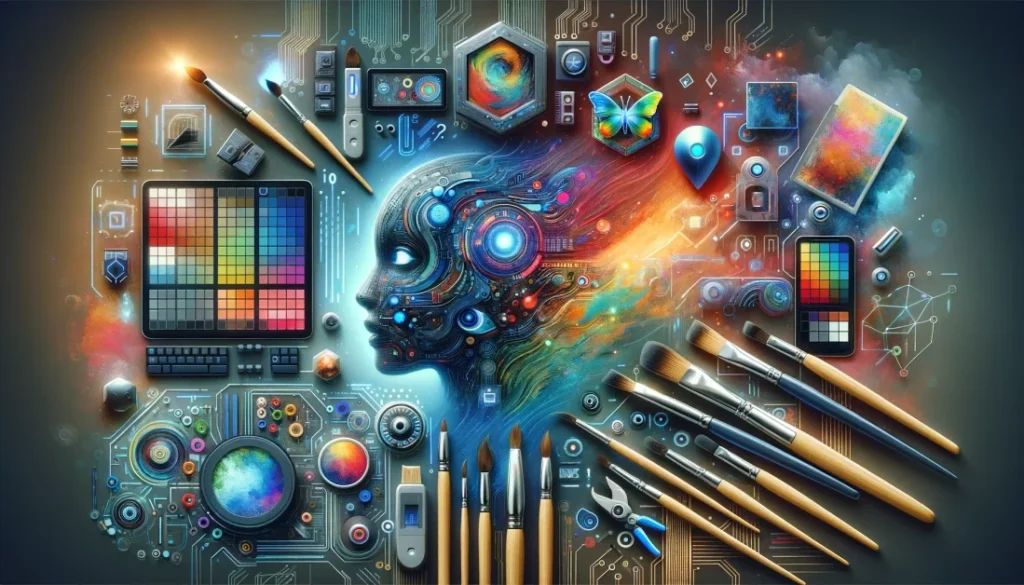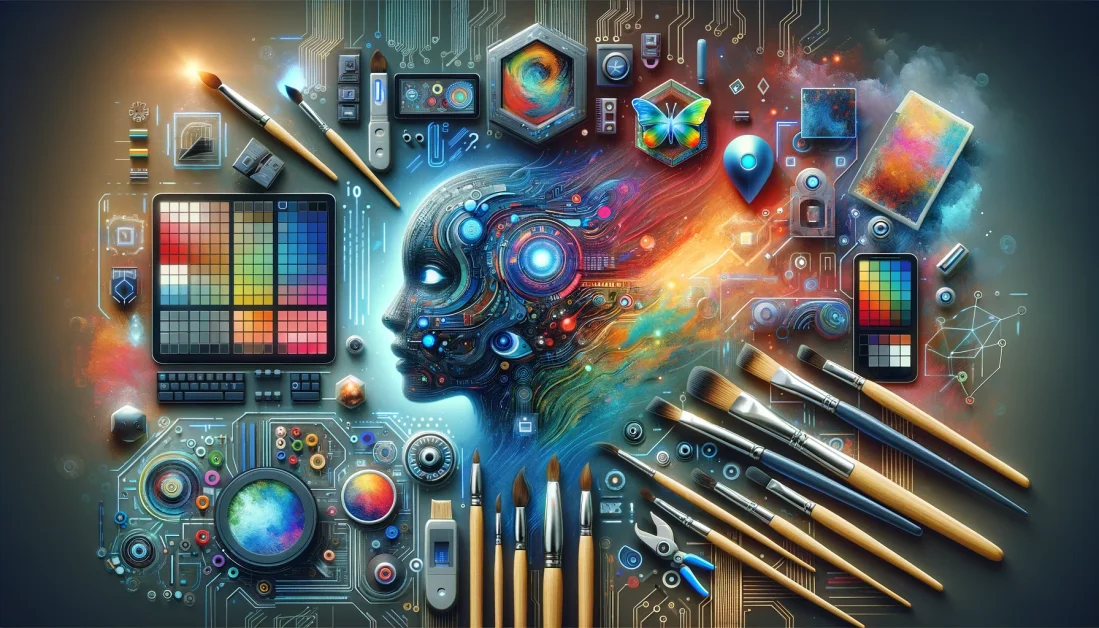
What are the 8 types of graphic design in art?
Graphic design is a multifaceted field that encompasses a wide range of creative disciplines. From captivating posters to innovative digital interfaces, graphic designers play a vital role in shaping the visual landscape around us. Whether you’re an aspiring artist, a seasoned creative professional, or simply someone with a keen interest in the arts, understanding the different types of graphic design in art can provide valuable insights into this dynamic industry.
At the Northern School of Animation, we believe that a comprehensive understanding of types of graphic design in art diverse facets is essential for anyone seeking to excel in the visual arts. In this blog post, we’ll delve into the eight primary types of graphic design, exploring their unique characteristics, applications, and the skills required to master each one. By the end of this article, you’ll have a deeper appreciation for the breadth and complexity of this exciting field.
Typography

Typography is the art and technique of arranging type to make written language legible, readable, and visually appealing. Graphic designers who specialize in typography focus on the selection, arrangement, and manipulation of typefaces, font sizes, and other typographic elements to create cohesive, impactful designs.
Effective typography is essential in a wide range of applications, from book covers and magazine layouts to corporate branding and digital user interfaces. Mastering typography requires a keen eye for detail, an understanding of the historical and cultural context of different typefaces, and the ability to balance aesthetics with functionality.
At the Northern School of Animation, our typography curriculum covers the fundamentals of font selection, type hierarchy, and typographic composition. Students learn how to use type as a powerful tool for communication, conveying emotions, and enhancing the overall visual impact of a design.
Layout Design
Layout design, also known as page layout, is the art of organizing and arranging visual elements on a page or screen. Graphic designers who specialize in layout design are responsible for creating cohesive and visually appealing compositions that guide the viewer’s eye through the content.
Effective layout design considers factors such as balance, hierarchy, rhythm, and negative space to create a harmonious and visually engaging composition. Layout designers must also have a strong understanding of grid systems, typography, and the principles of visual hierarchy to ensure that the final design is both aesthetically pleasing and functionally effective.
At the Northern School of Animation, our layout design curriculum covers a wide range of techniques, including the use of grids, the principles of visual hierarchy, and the integration of text, images, and other visual elements. Students learn how to create dynamic and engaging layouts for print and digital media, from magazine spreads to website designs.
Branding
Branding is the process of creating a unique identity for a company, product, or service. Graphic designers who specialize in branding are responsible for developing the visual elements that define a brand, including logos, color palettes, typography, and visual imagery.
Effective branding goes beyond just creating a visually appealing logo; it involves developing a cohesive and consistent visual language that reflects the values, personality, and aspirations of the brand. Branding designers must have a deep understanding of consumer psychology, market trends, and the competitive landscape to create a brand identity that resonates with the target audience.
At the Northern School of Animation, our branding curriculum covers the fundamentals of brand strategy, visual identity development, and brand implementation. Students learn how to conduct market research, develop brand personas, and create comprehensive brand guidelines that can be applied across a wide range of print and digital media.
User Interface (UI) Design
User interface (UI) design is the process of creating the visual and interactive elements of digital products, such as websites, mobile apps, and software applications. UI designers are responsible for designing the layout, typography, color scheme, and user interactions that enable seamless and intuitive user experiences.
Effective UI design requires a deep understanding of human-computer interaction (HCI), user research, and the principles of visual communication. UI designers must be able to balance aesthetics, functionality, and usability to create digital interfaces that are both visually appealing and highly effective.
At the Northern School of Animation, our UI design curriculum covers a range of topics, including wireframing, prototyping, user testing, and responsive design. Students learn how to use industry-standard tools and techniques to create user-centric digital experiences that meet the needs of their target audiences.
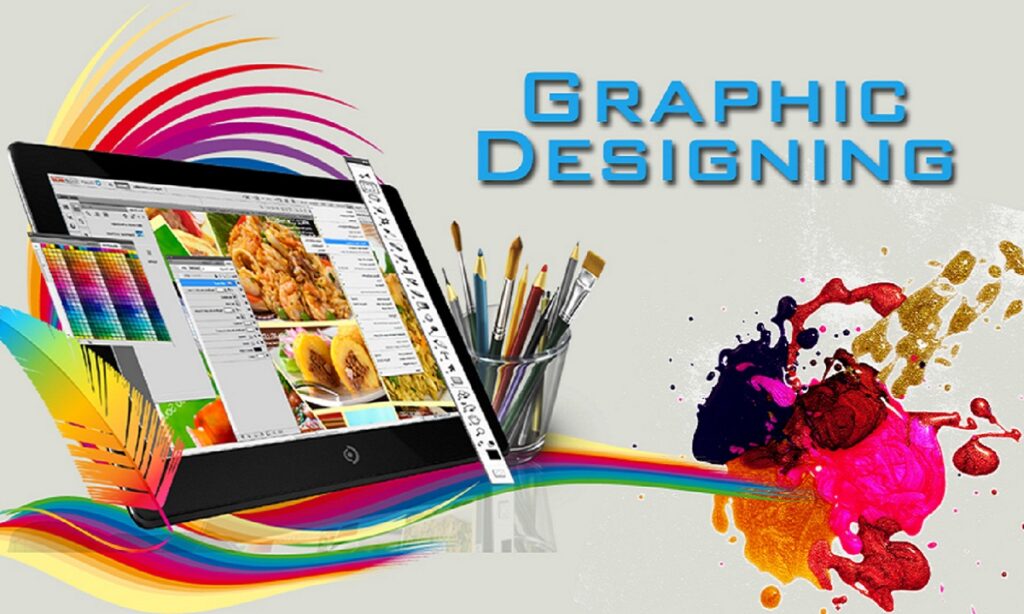
Motion Graphics
Motion graphics is the art of creating animated visual elements that combine typography, graphics, and visual effects. Motion graphic designers are responsible for creating dynamic and engaging visual narratives that can be used in a variety of media, including television, film, and digital advertising.
Effective motion graphics rely on a strong understanding of animation principles, visual storytelling, and the technical skills required to bring digital assets to life. Motion graphic designers must be adept at using industry-standard software and tools, such as Adobe After Effects, to create smooth, visually compelling animations.
At the Northern School of Animation, our motion graphics curriculum covers a wide range of topics, including keyframing, compositing, visual effects, and sound design. Students learn how to create dynamic and engaging motion graphics that can be used in a variety of applications, from title sequences to social media content.
Illustration
Illustration is the art of creating visual representations that convey a specific message or idea. Graphic designers who specialize in illustration are responsible for creating original artwork that can be used in a variety of contexts, from children’s books to magazine covers.
Effective illustration requires a strong command of drawing and painting techniques, as well as a deep understanding of color theory, composition, and visual storytelling. Illustrators must also be able to adapt their style to match the specific needs and requirements of a project, whether it’s a whimsical children’s illustration or a sophisticated editorial piece.
At the Northern School of Animation, our illustration curriculum covers a wide range of traditional and digital media, including pencil sketching, digital painting, and vector illustration. Students learn how to develop their own unique illustrative style while also mastering the technical skills required to create professional-quality artwork.
Package Design
Package design is the art of creating visually compelling and functionally effective packaging for products. Graphic designers who specialize in package design are responsible for developing the visual identity, branding, and physical design of product packaging, from food and beverage containers to consumer electronics.
Effective package design requires a deep understanding of materials, manufacturing processes, and the practical considerations of product packaging, such as shipping, storage, and display. Package designers must also have a keen eye for visual communication, creating packaging that effectively conveys the brand’s identity, value proposition, and key product features.
At the Northern School of Animation, our package design curriculum covers a range of topics, including material selection, structural design, and the integration of branding and visual elements. Students learn how to create innovative and visually striking packaging that not only enhances the product’s appeal but also meets the practical needs of the target market.
Environmental Design
Environmental design, also known as experiential design, is the art of creating physically immersive and visually engaging spaces. Graphic designers who specialize in environmental design are responsible for developing the visual and interactive elements of physical environments, such as retail stores, museums, trade show exhibits, and corporate offices.
Effective environmental design requires a deep understanding of spatial dynamics, wayfinding, and the principles of human-centered design. Environmental designers must be able to create visually compelling and functionally effective spaces that enhance the user experience and support the overall goals of the client or organization.
At the Northern School of Animation, our environmental design curriculum covers a range of topics, including 3D modeling, spatial planning, and the integration of digital and physical elements. Students learn how to create dynamic and engaging physical environments that captivate and inspire their target audiences.
Conclusion
In conclusion, the eight types of graphic design – typography, layout design, branding, user interface (UI) design, motion graphics, illustration, package design, and environmental design – represent the diverse and multifaceted nature of this creative field. Each discipline requires a unique set of skills and a deep understanding of the principles of visual communication.
At the Northern School of Animation, we believe that a comprehensive education in graphic design is essential for anyone seeking to thrive in the visual arts. Our curriculum is designed to provide students with a solid foundation in the fundamentals of each graphic design discipline, as well as the opportunity to explore their individual passions and develop their unique creative voices.
Whether you’re an aspiring artist, a seasoned professional, or simply someone with a deep appreciation for the visual arts, understanding the different types of graphic design can open up a world of creative possibilities. We encourage you to explore the resources and opportunities available at the Northern School of Animation to further your understanding and hone your skills in this dynamic and ever-evolving field.
Get in Touch with us
Unlock Your Animation Potential and Start your Animation Journey Now!
- All Posts
- Blog
- Back
- Animation
- CGI
- Graphic design
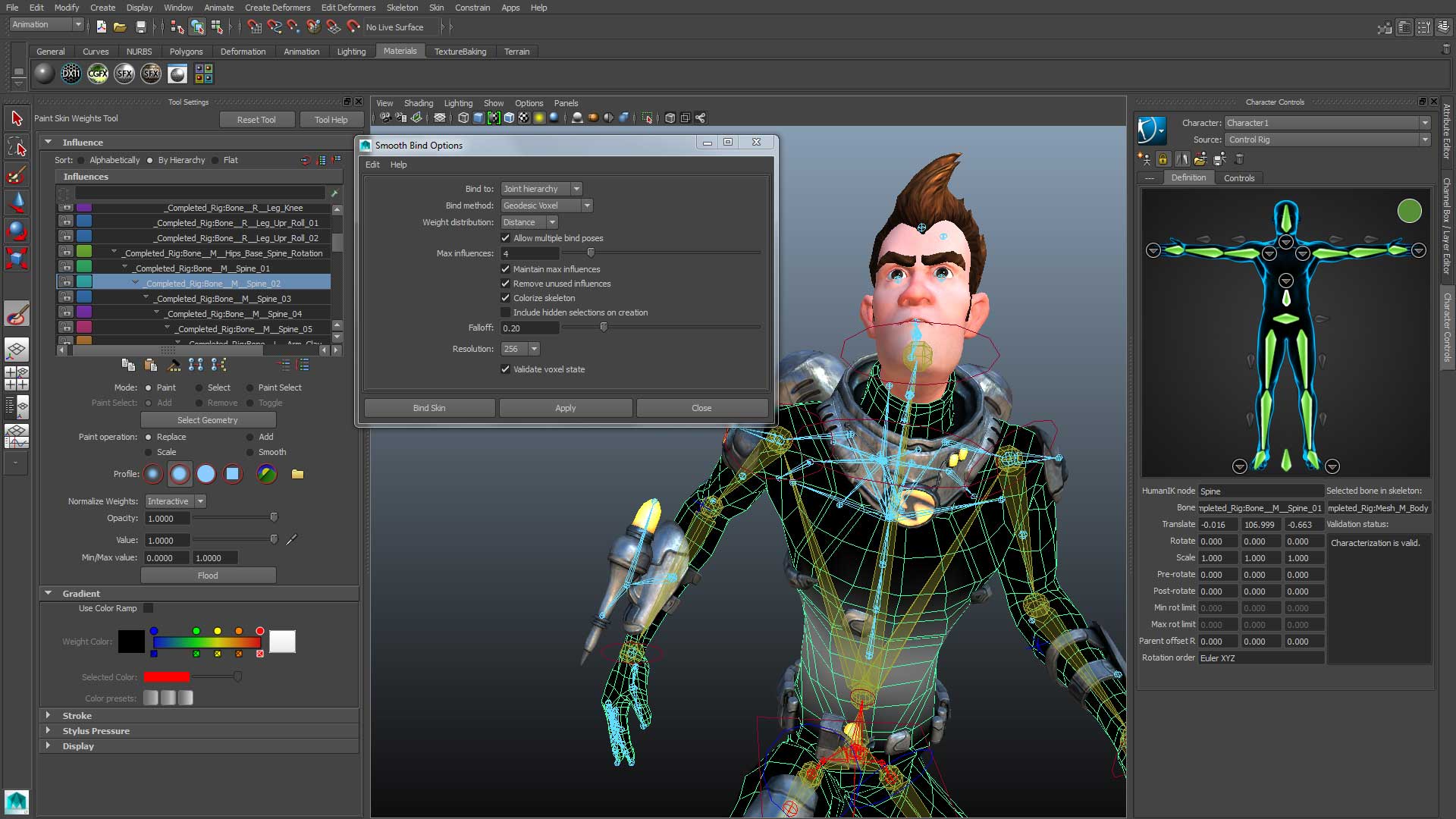
Animation Softwares Home How to make 2D Animation in Blender for beginners? How to make 2D Animation in Blender for…

Beginner’s Guide to Maya Autodesk: Perfect for Students Are you an aspiring 3D artist or animator looking to break into…
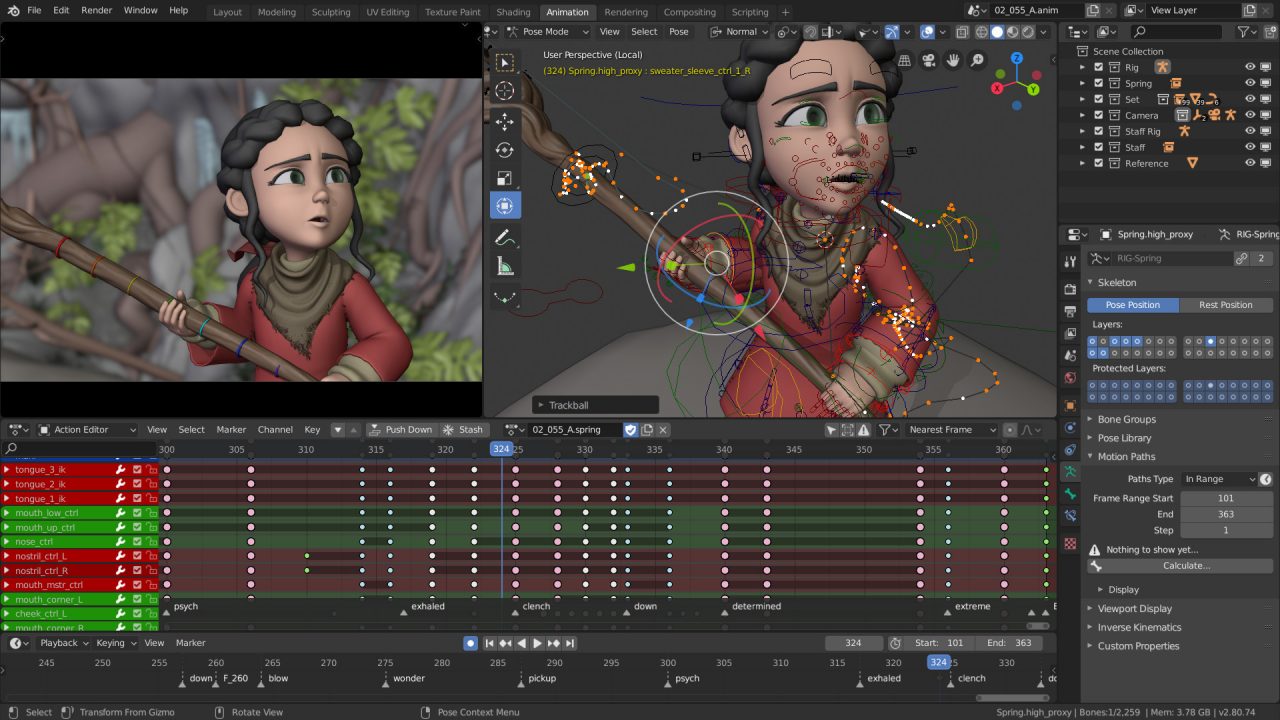
What is Blender Software ? What is it Used For? In the dynamic world of animation, the tools you choose…
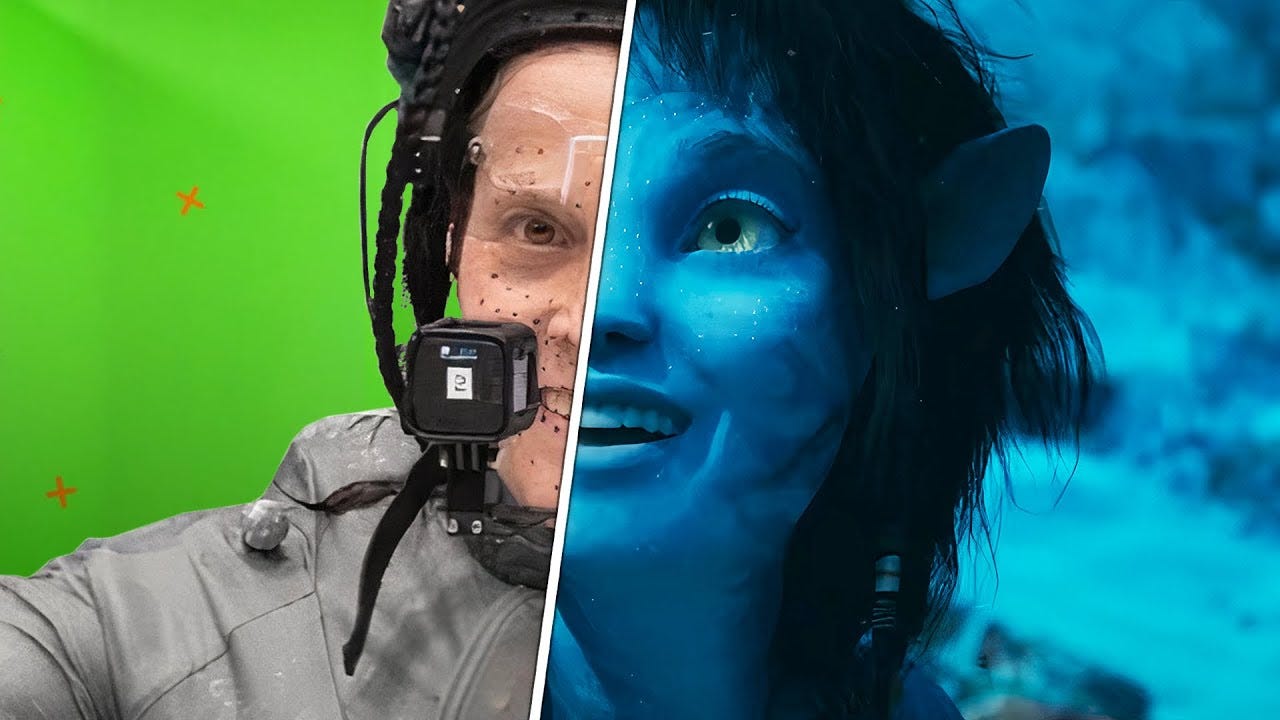
What are the Differences between VFX and CGI? Is CGI better than VFX? Welcome to the Northern School of Animation’s…

What are the 8 types of graphic design in art? Graphic design is a multifaceted field that encompasses a wide…
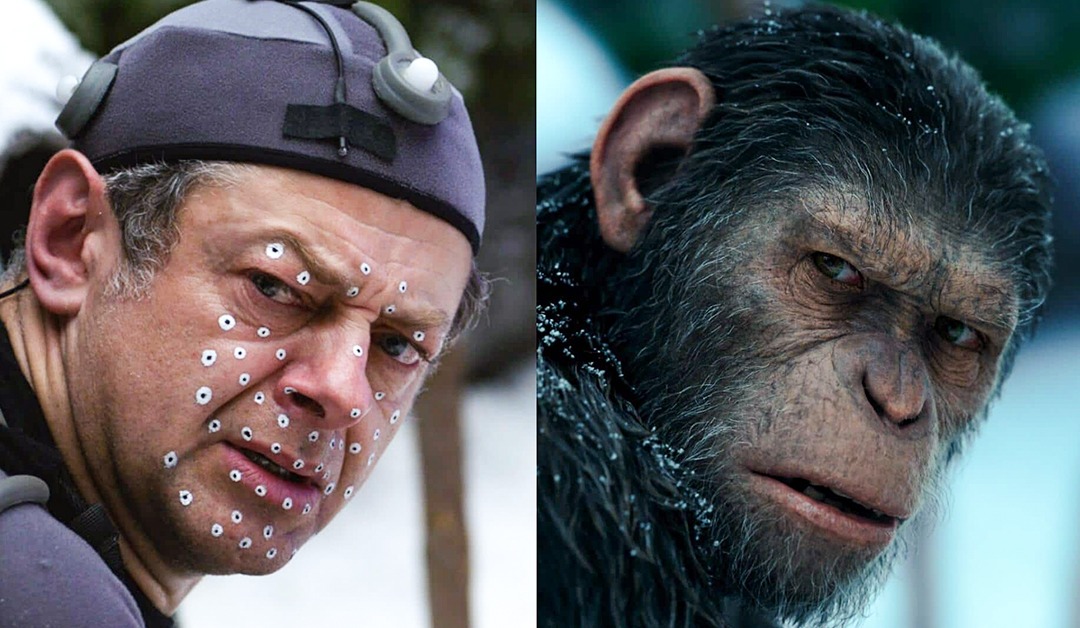
What is CGI? What is the process of CGI in animation? In the ever-evolving world of animation, a technological revolution…
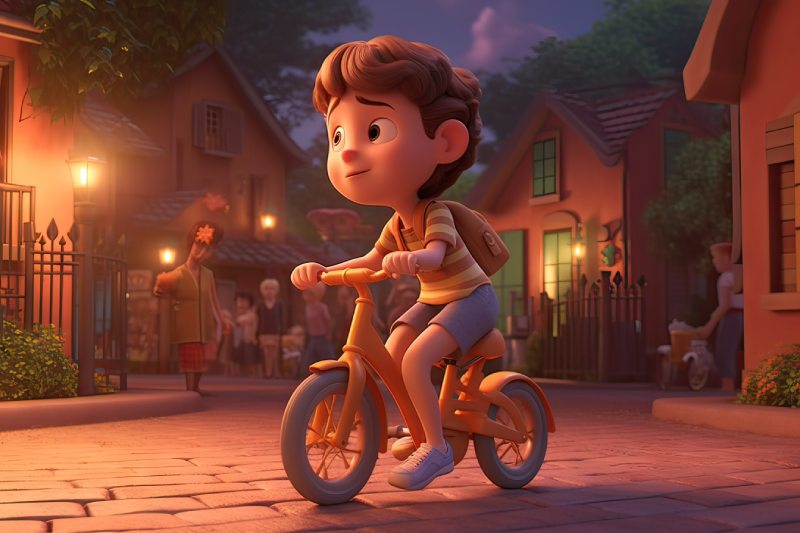
Boost Your Skills: 5 Must-Know 3D Animation Techniques
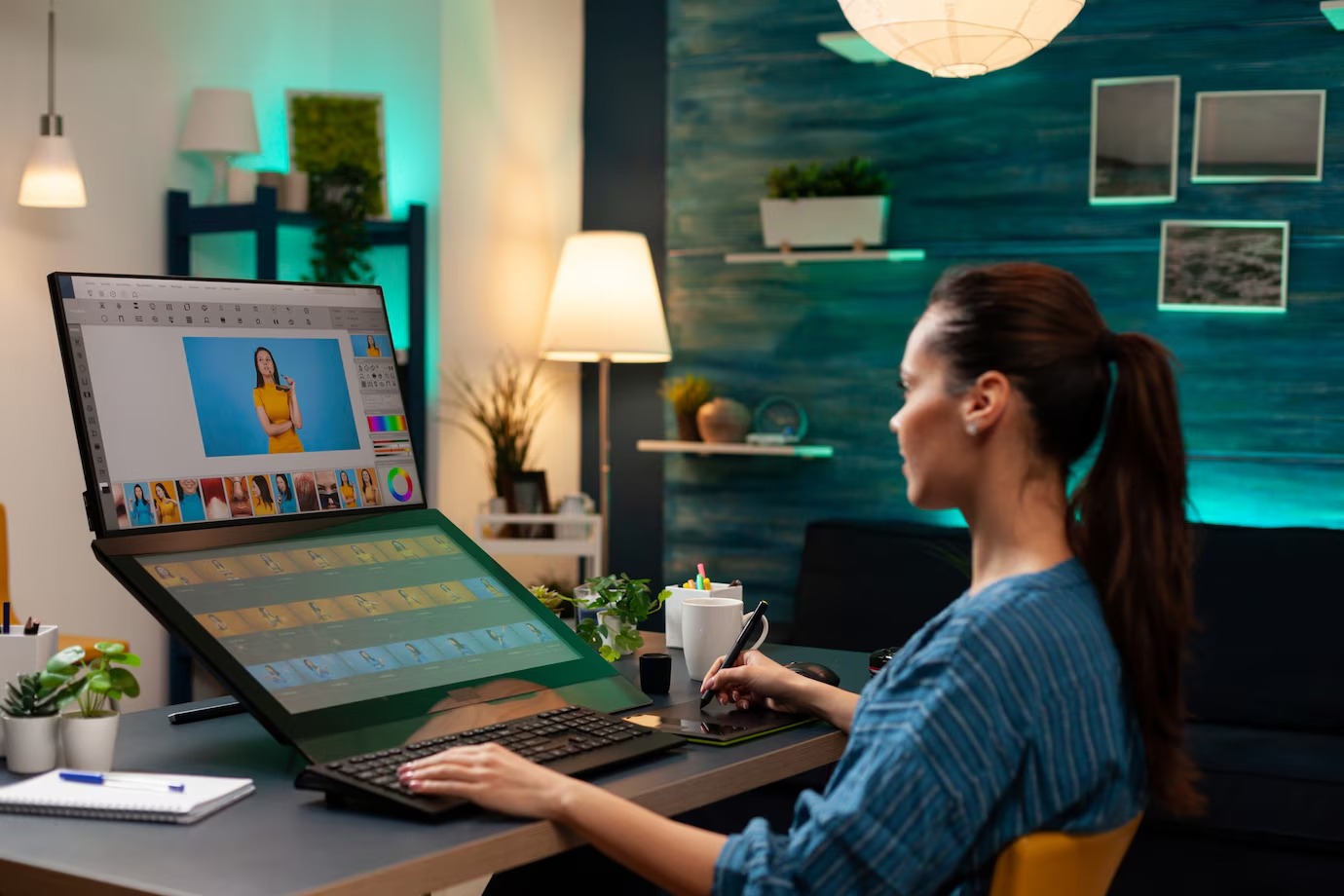
5 Tips to Boost Your Animation Career Salary
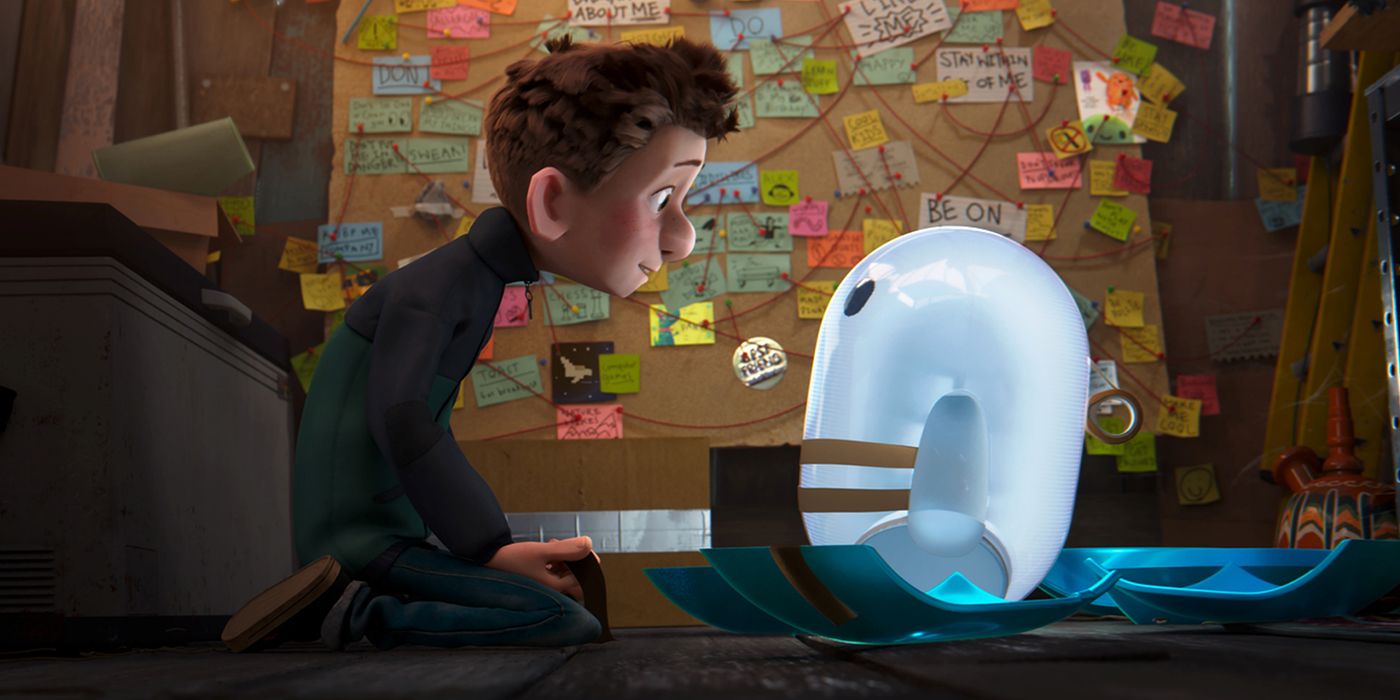
Unleashing Creativity: 5 Essential 2D Animation Software Tools

